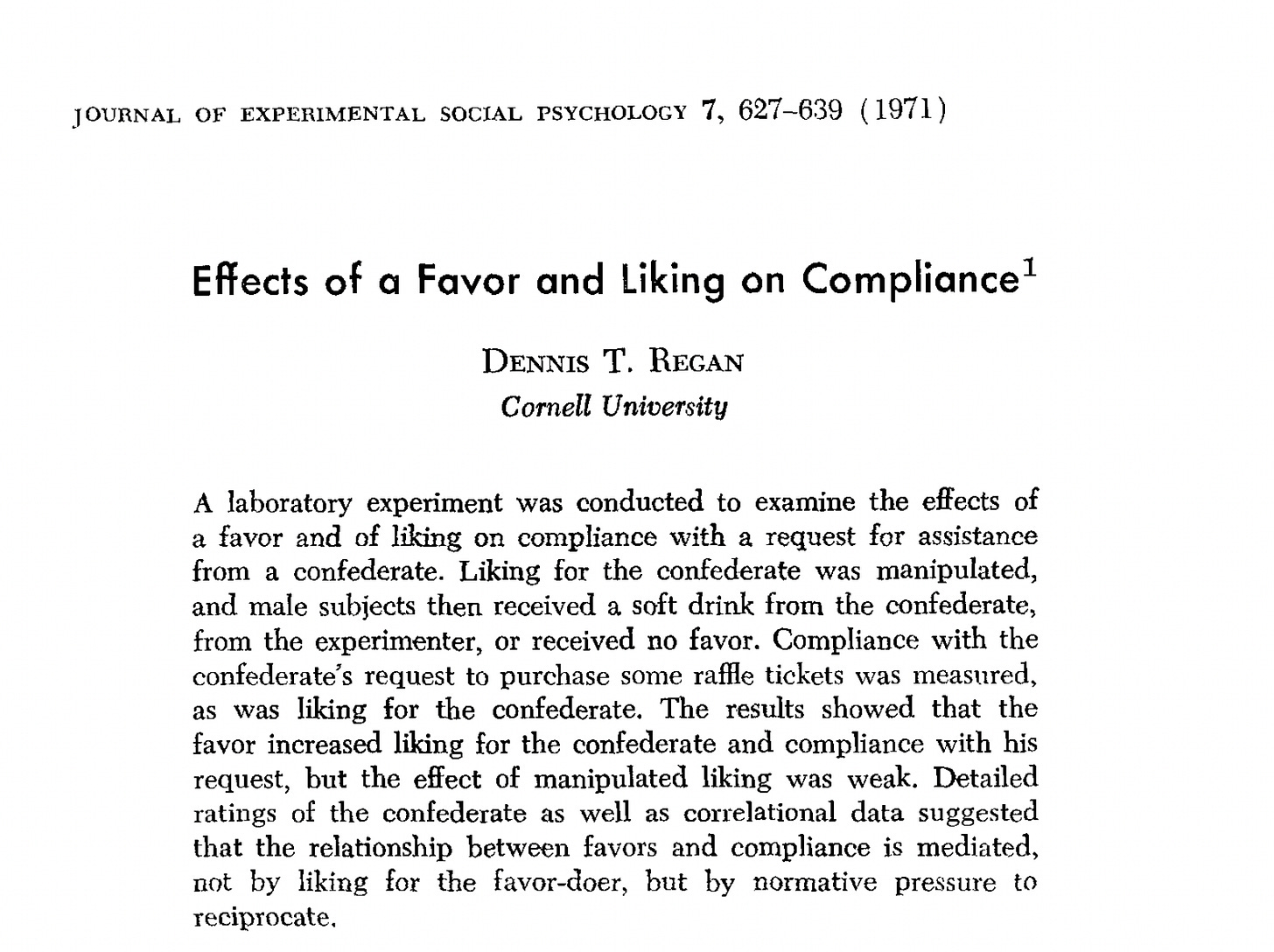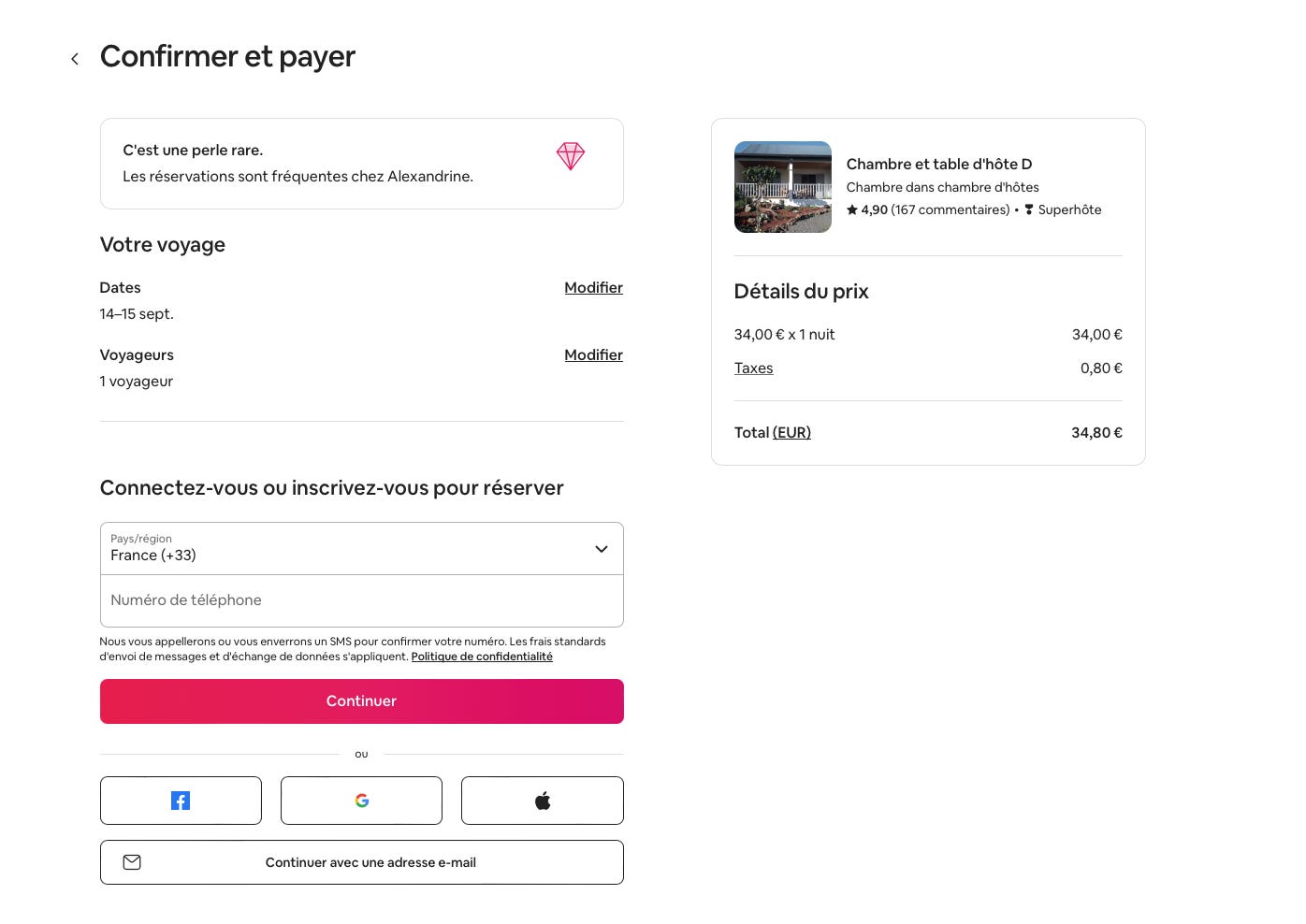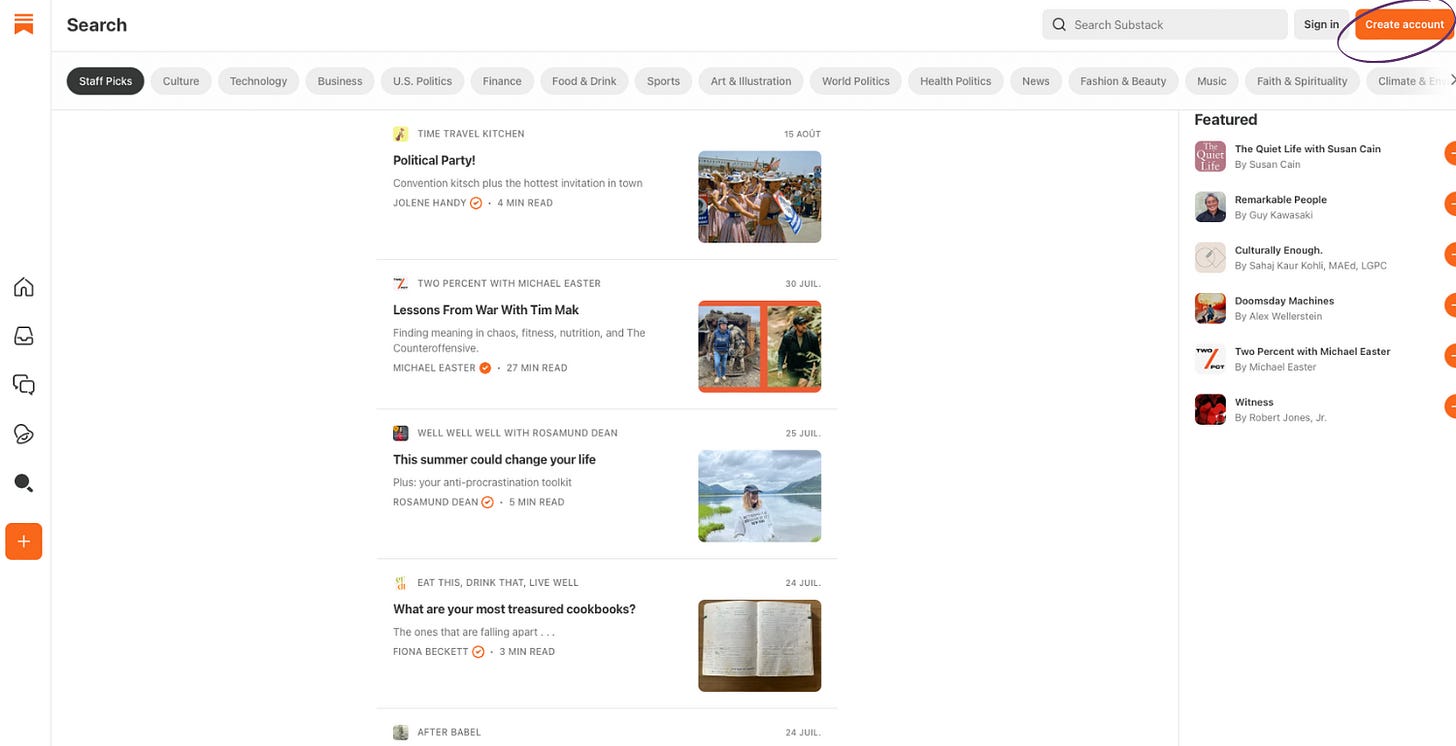Ask ‘How Can I Help?’ Before ‘Who Can Help Me'
Edition #28, Application of Reciprocity Principle in UX
Ever wonder why you feel like you should return a favor?
For example, imagine you come back from a trip to find your neighbor watered your plants without you asking.
You’d probably want to do something nice for them in return, right?
And that’s because of the reciprocity principle.
The Basics: The Reciprocity Principle
People naturally want to help those who have helped them
When someone does something nice for us, we feel like we should do something nice for them in return. This is one of Robert Ciadlini’s principles of persuasion.
Why the Reciprocity Principle Matters?
Many experiments show that giving something makes people much more likely to give back. In fact, people often give back more than they receive.

Imagine you’re visiting a new café, and the owner greets you with a free sample of their signature coffee. You’re impressed and start to feel a connection with the place.
By using the Reciprocity Principle in UX, you’re doing something similar online:
You build trust by giving users something valuable right from the start.
You boost engagement by offering useful tools or content upfront.
You inspire action, like signing up or making a purchase, because users feel inclined to return the favor.
Applying the Reciprocity Principle in UX
Give value without expecting anything back
1. Give Information Away for Free
Focus on providing immediate value. Offer highly actionable and practical information to people.
Do not lock away information behind paywalls, email restrictions, etc.
2. Try a Freemium Model
Let users try out your main features for free before asking for anything in return.
You can also offer small, mini tools to give them a taste of what you offer.


3. Ask as Little as Possible
Don’t ask users to log in or accept notifications before they’ve tried your app or website.
Request permissions only after users see the benefits; they're more likely to agree once they've experienced the value
Avoid extra steps or barriers that might frustrate users before they see the value that you provide.

Key Takeaways:
The reciprocity principle is when someone does something nice for you, you're more likely to return the favor.
In UX, you can use this by offering free information, freemium options, or mini tools, making it easy for users to engage with you/your product.
Be upfront and honest about what users can expect. Don’t promise more than you can deliver.
If you have any questions about applying Reciprocity Principle in UX, just comment below, and I'll be happy to help!
Quote of the Week
There is no duty more indispensable than that of returning a kindness…all men distrust one forgetful of a benefit.
Marcus Tullius Cicero, Roman Philosopher of the 2nd and 1st centuries BC
🌠 Thank you for reading this newsletter.
See you next week,
Irene






As usual, you nailed the content! :)
Thank you Nika☺️